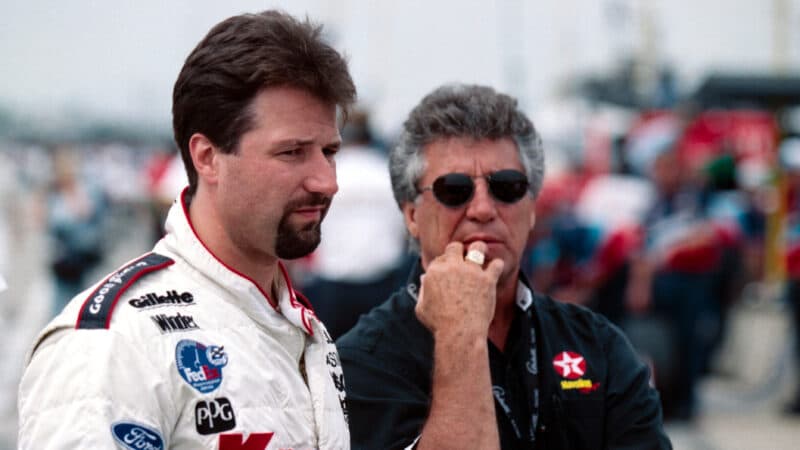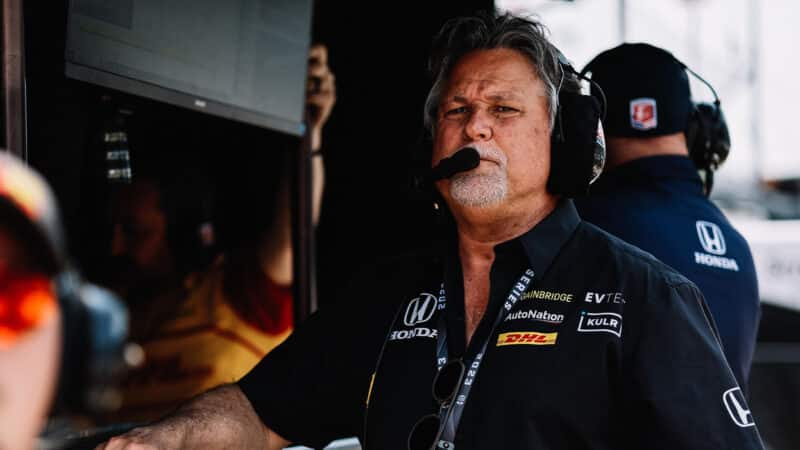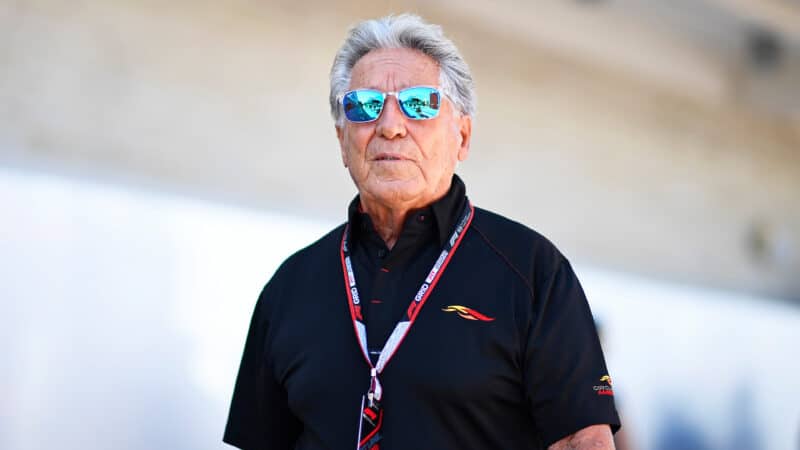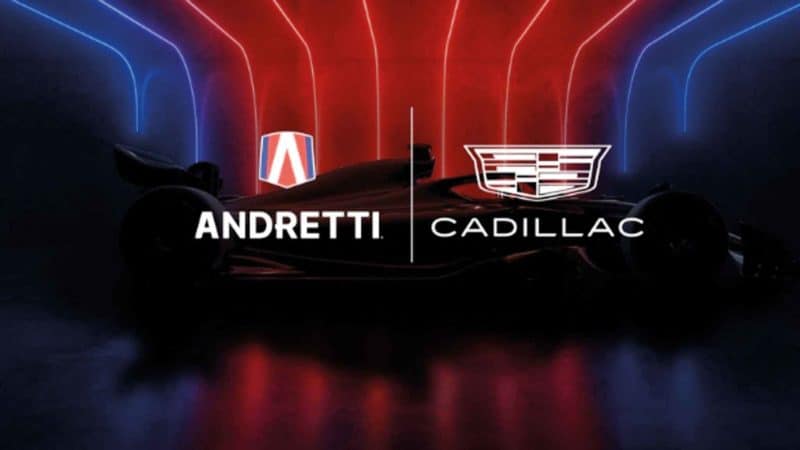All of the above being the case, you might have been forgiven for assuming that, when in 2022 the Andrettis announced that they were ready to enter F1, every relevant stakeholder from Maranello to Milton Keynes would have been hugely enthused, and that F1’s powers-that-be would have been equally thrilled. Well, as we all saw on Wednesday, when F1 issued a curt and graceless thanks-but-no-thanks statement despite the FIA’s having given its approval some time ago, you would have been wrong. However, the decision was not the FIA’s to make. It was the prerogative of F1, in other words Liberty Media.
The teams exerted considerable influence, too, although contrary to some media reports they do not have a veto in such matters. They were not supportive of the Andrettis’ ambitions for two principal reasons: (1) they do not want F1’s annual financial divvy-up to involve 11 recipients instead of the current 10, and (2) the value of F1 teams is obviously enhanced significantly if the only way for wealthy and ambitious outsiders to own F1 teams is to buy existing ones. But the Andrettis intended to create their own brand-new F1 team from scratch.

With decades of racing experience and team ownership between them, the Andretti duo could have been an F1 force to be reckoned with
Getty Images
Well, not from scratch per se, because Andretti Autosport, which has recently and significantly rebranded itself Andretti Global, is already a motor sport powerhouse. It fields teams in IndyCar, Indy NXT, IMSA, Formula E, Extreme E and Aussie Supercars, and it has been very successful over the years. Granted, F1 is a much more complex design and engineering exercise than any of the above series, but the Andrettis know how many racing beans make five. They are very far from being the latest naive no-hopers, following in the wheel tracks of such as HRT, to name but one, whose sluggish cars were allowed to paint the rearmost rows of the world’s grand prix grids black and red from 2010 to 2012. Nonetheless, one of the reasons why Andretti Global’s application was rejected is that F1 considered that it would not be “a competitive participant”.
No shit, Sherlock. Hardly any new F1 team ever is. Not since Jody Scheckter won the 1977 Argentine Grand Prix, which was the Wolf team’s debut race, has any new F1 team been genuinely competitive from the get-go, and even then Scheckter benefited from DNFs and/or technical problems affecting the faster cars ahead of him. Indeed, only four other cars were still running at the end, just three of them on the winner’s lap. Haas is about to enter its ninth F1 season, and, apart from the odd flash in the pan, it has never been a genuinely competitive participant. Besides, backmarkers and also-rans are a grand tradition in all forms of motor sport. They provide opportunities for young drivers and greenhorn staffers to cut their teeth at the back of the field, and there is nothing wrong with that. Over time, they often improve. Indeed, look beyond Haas and the two most recently inaugurated F1 teams still in existence are Stewart Grand Prix of Milton Keynes (1997) and BAR of Brackley (1999). Stewart scored points only once in 1997, and in 1999 BAR scored no points at all. Stewart is now Red Bull, and BAR is now Mercedes. I think it is safe to say that since their formation both have become competitive participants. That is what Andretti Global should have been given the chance, and the time, to become.
Moreover, despite not having a confirmed entry, Andretti Global has been making serious preparations for a while now — further evidence of the Andrettis’ remarkable bravery and ballsiness. They have set up near Silverstone a satellite to their Indianapolis headquarters, and they have hired more than 100 technical staff, some of them lured from Red Bull, Mercedes, Ferrari and McLaren. The fact that such people were willing to leave well-paid jobs with F1’s grandee teams to throw their lot in with the Andrettis tells you all you need to know about how excited many F1 insiders were about their plans and ambitions. Indeed, that insider excitement alone should have been evidence enough for F1’s decision makers to consider moving towards giving Michael and Mario a green light.

Andretti have been making F1 preparations for months — with a four site campus planned before its F1 rejection
IndyCar
The current F1 rules allow for up to 12 teams, so 12 teams it should ideally be; or, OK, 11, if only Andretti Global and no other new team were to enter. The addition of a new team would have sparked a fresh and compelling narrative for media and fans (many of whom have been tiring of the samey-ness of F1 in 2022 and 2023), would have provided two more drives for the likes of Theo Pourchaire, Frederik Vesti and Jack Doohan (who, despite their strong F2 form in 2023, do not look like getting their backsides into F1 race seats any time soon), and would have offered attractive new employment opportunities for technical, commercial, comms/PR, marketing and ancillary staff. As for the teams’ opposition to the admission of a new team on the grounds that it would erode the value of their franchises, all I can say is that F1 was not a closed shop when they entered it, it has never been a closed shop since then, and it should not be treated as a closed shop now. And what about their fear that an 11-way revenue split would net them a smaller share than they now receive? Well, it is timid and insular. If you are baking a pie for 10, and one of your guests asks if he, she or they may bring a partner, you bake a bigger pie. That might cost you a little more money; but in F1’s case the addition of a new team as storied as Andretti Global would have been likely to add commercial volume to the F1 ‘pie’ as an organic outcome of its introduction. Or, to quote an American almost as famous as Mario Andretti — John F Kennedy — a rising tide lifts all the boats. In addition, the 10 existing teams would have shared Andretti Global’s US$200 million ‘dilution fee’, the express purpose of which is to compensate them for the very revenue reduction about which they have been complaining.






